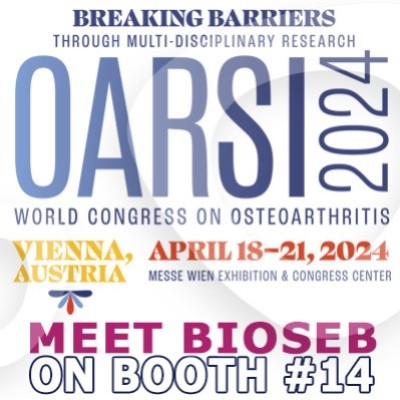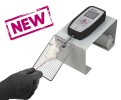Authors
Pierre L. Roubertoux, Catherine Bartoli
Lab
INSERM, Aix Marseille Université, France
Journal
Neuromethods
Abstract
The prevalence of deficit of motor deficits in Autism Spectrum Disorders (ASD) reaches 80 % leading several authors to consider the deficits as an associated syndrome. The deficit impacts the development resulting in a general motor delay. Different adult features are affected in patients that present hypotonia as the more frequent characteristics. Coordination is impaired as well as praxis. Balance deficits and gait particularities as toe-walking are reported but they reach a lower frequency. If ASD patients have a high probability to present at least one motor deficit, the same pattern of motor traits is not impacted similarly in the patients. This is the consequence of the heterogeneity of the diseases included in the ASD category. The awkwardness caused by these deficits and potential alleviation incite to analyze motor deficits in mice models of ASD. The chapter considers motor development modeling from birth to weaning and hypotonia and deficits in coordination, balance, and gait in adult.
BIOSEB Instruments Used:
Grip strength test (BIO-GS3)

 Douleur - Allodynie/Hyperalgésie Thermique
Douleur - Allodynie/Hyperalgésie Thermique Douleur - Spontanée - Déficit de Posture
Douleur - Spontanée - Déficit de Posture Douleur - Allodynie/Hyperalgésie Mécanique
Douleur - Allodynie/Hyperalgésie Mécanique Apprentissage/Mémoire - Attention - Addiction
Apprentissage/Mémoire - Attention - Addiction Physiologie & Recherche Respiratoire
Physiologie & Recherche Respiratoire
 Douleur
Douleur Métabolisme
Métabolisme Système moteur
Système moteur Neurodégénérescence
Neurodégénérescence Thématiques transversales
Thématiques transversales Système musculaire
Système musculaire Functions de motricité générale
Functions de motricité générale Troubles de l'humeur
Troubles de l'humeur Autres pathologies
Autres pathologies Articulations
Articulations Système Nerveux Central (SNC)
Système Nerveux Central (SNC)  Système sensoriel
Système sensoriel Bioseb on booth #14 at OARSI 2024 in Vienna
Bioseb on booth #14 at OARSI 2024 in Vienna 